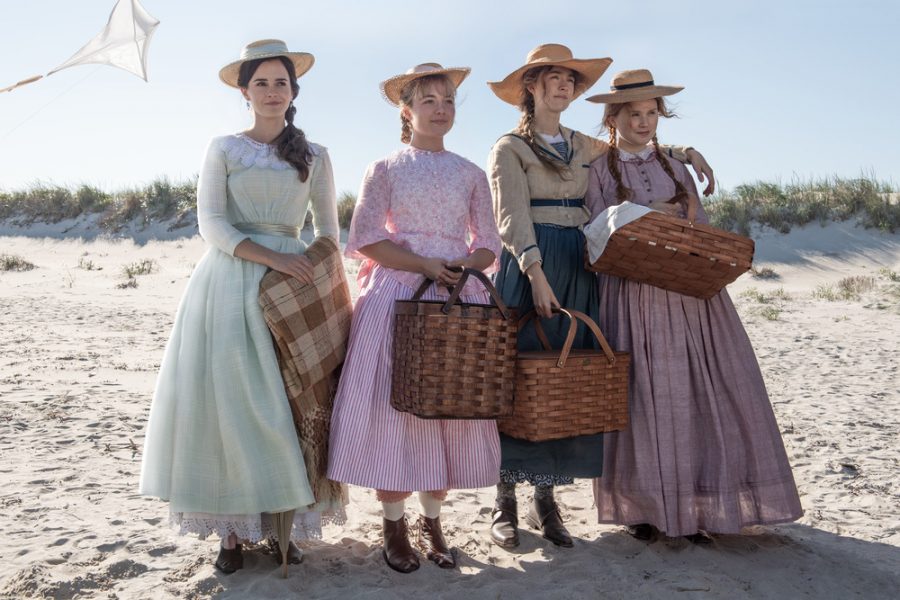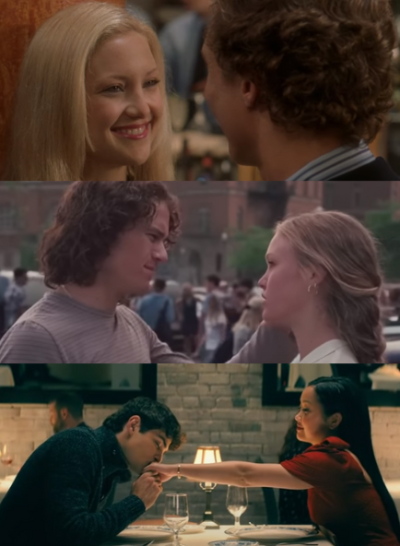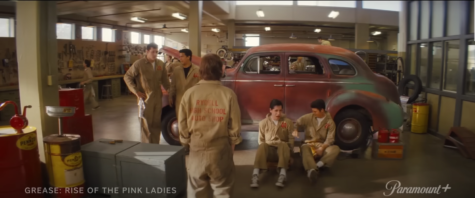‘Little Women’ review
When I went into “Little Women,” directed by Greta Gerwig, I was all set up to enjoy Gerwig’s typical dramatic and angsty cinematography combined with heart-wrenching, gritty dialogue that depicted adulthood as a pathos-filled mess. Almost instantly, however, I was proved wrong. While “Little Women” had its fair share of human suffering and the necessary out-of-the-box cinematography valued by the academy, it was also delightfully warm and gratifying. It stayed faithful to the original author Louisa May Alcott’s vision but contained enough modern twists to still feel relevant. For all viewers hoping for a well-conceived, sufficiently feminist and wonderfully artistic adaptation of a classic, “Little Women” is the perfect cozy movie to take in this winter.
Navigating the highs and lows of the March family, the film does an excellent job of making a seemingly unrelatable, antiquated plot feel personal for the 21st century viewer. The interactions between the sisters and their individual mannerisms can be found in any of today’s families. Jo March, portrayed by Saoirse Ronan, was particularly recognizable. Ronan was fantastic at demonstrating the fiery, independent, clever and creative essences of Jo’s original personality, but what made her performance so memorable were the little character choices. The uncoordinated but confident motions. The sarcastic facial expressions. The slight emotional distance masked by physical geniality. Jo is familiar for the girls watching who struggle to conform to the societal restrictions placed upon them and the conventional ideas of femininity, and many will be able to draw inspiration as her character grows and develops.
In addition to Ronan, I commend Emma Watson for her depiction of Meg March. Meg was graceful, witty and warm, just as she was in the novel, and the unconditional bond between her and Jo was a highlight of the film. Their onscreen chemistry was enough to leave the viewer feeling like the actors had been sisters all their lives. As a side note about her performance, Watson’s English accent did peek through a few times, but she was so likable it was hard to find fault in the occasional slip-ups.
The aesthetic choices of “Little Women” hold up as well. The costumes were rich and enchanting, and the New England scenery was, unsurprisingly, superb. The score practically transplanted the audience member back to the 19th century with its gorgeous orchestrations. To convey the idea that the story was alternating between two different timelines, the film went back and forth between a lush, saturated color palette to represent childhood and a bleak, gray palette for adulthood, which I thought was a little contrived. Nonetheless, I appreciated some form of distinction because the plot would have been difficult to follow otherwise.
Regardless of small gaffes here and there, “Little Women” gave its audience everything it could want in a movie adaptation. The film had a dream cast, thoughtfully considered screenplay and lovely cinematography. It was truly a delight to watch.

Hello! I’m Haley Miller, Editor-in-Chief of The Journal this year. I joined this publication all the way back at the end of my freshman year, and I can’t...












